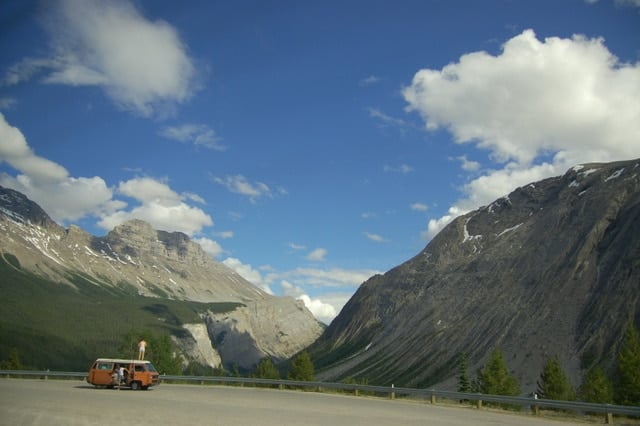
The natural world just doesn’t get any more beautiful than what you’ll find in Alberta’s Banff and Jasper National Parks. The sharp peaks of the Canadian Rockies dominate everything, and when you throw in icy turquoise lakes, roaming wildlife and everything in between, the combined 6,700 square miles of Parks Canada-protected land deserve all the time you can give them.
When visiting both, it turns out, a lot of that time will be spent on the road. Luckily, it’s not just any road that connects Banff and Jasper—it’s the Icefields Parkway, recognized as one of National Geographic’s 50 “Drives of a Lifetime.”
The Icefields Parkway, otherwise known as Highway 93, stretches 144 miles north to south through the exaggerated earth of the Canadian Rockies. It’s an absolutely unreal drive, one that in about seven hours (Banff to Jasper and back) inspired me at once to greater love for our planet and to hate the Massachusetts Turnpike even more.
I just couldn’t get enough of the experience, even when things went “wrong.” In fact, my favorite part of the journey between the two parks was probably our driver’s least favorite—when our motorcoach’s engine overheated and we had to pull over to clean the filter. As it happened, across the road from ground zero was a waterfall cascading down a giant rock face. I spent our down time scaling it and found impossibly fresh water and incredible views up above. Ten minutes later we were back on the road taking it all in once more.
Snow-tipped rock faces shooting skyward, massive glaciers slithering between them, roadside waterfalls and turquoise lakes just begging to be photographed—it really is, as the Banff Crag and Canyon famously put it, “20 Switzerlands in one.” Better yet, the Icefields Parkway is the Canadian Rockies experience—Banff and Jasper—by road, and it’s where a journey into both begins.
Tips for driving the Icefields Parkway:
- There are long stretches without rest stops, so bring food and water
- Gas is only available at one place—The Crossing Resort, near the halfway point—and it runs pretty expensive, so fill up before you get there
- The speed limit is 55 mph (90 km/h) for most of the way, but expect it to slow in July and August, when the road sees about 100,000 cars a month
- Wildlife sightings are common, but not for tourists; watch for vehicles and people wandering/stopped on the road
Helpful leads:
- From the archives: Cool Popular Mechanics story on its construction from 1933
- The company to take you if you need a coach (ask for Ian Hipkins)
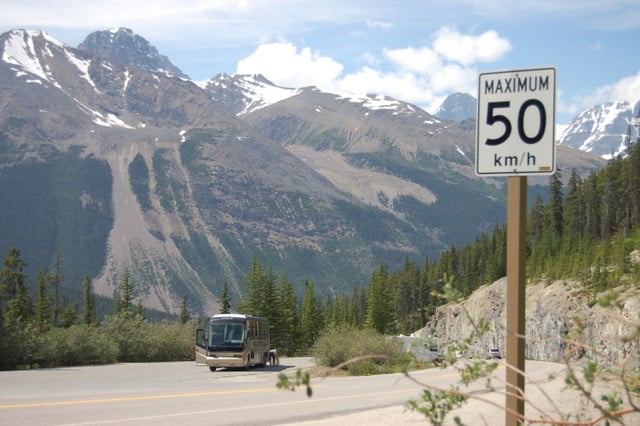
Banff National Park
Canada’s first National Park (established 1885) spans more than 2500 square miles. It takes its name from Banffshire, Scotland, the hometown of two founders of the Canadian Pacific Railway, which played a huge role in popularizing the park as a tourist destination. These days, it might be a little too popular. At iconic spots like Lake Louise, the hordes of the camera-wielding are a little overwhelming, and the town of Banff itself no longer offers the quiet charm befitting of this rustic paradise. But that doesn’t really matter—the “touristy” label is relative when talking about 2500 square miles of National Park, and in town, tourists dollars help maintain a pretty awesome bar scene.
Just an hour-and-a-half-long drive west from Calgary on the Trans-Canada Highway (Highway 1), Banff National Park requires visitors to pay a small fee at the park entrance, where the Icefields Parkway begins. Daily passes are no more than $10 CAN per person, and it’s an absolute steal given what you’ll find inside.
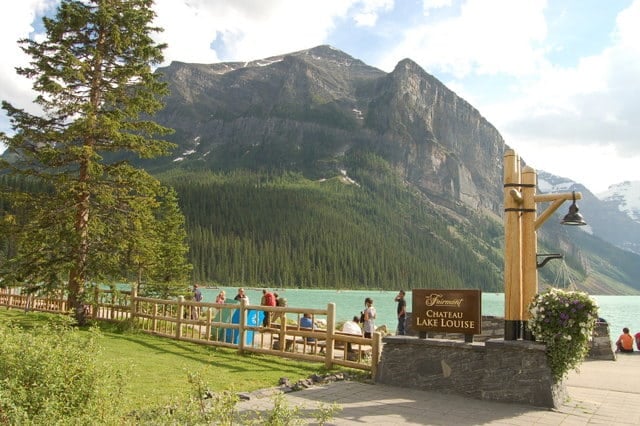
Must-sees:
- Bow Lake
- Lake Louise
- Peyto Lake
- Upper Hot Springs
- Moraine Lake
- Lake Minnewanka
- Crowfoot Glacier
Helpful leads:
- Page on Parks Canada site on park trails
- Delicious Saltlik restaurant in downtown Banff
- Guide to wildlife viewing in Banff
- Upper Hot Springs
Where to stay: The iconic, 770-room The Fairmont Banff Springs Hotel really is the “Castle in the Rockies” it claims to be. The rooms are on the smaller side, but beyond that, the classic style, luxury, and history here (Marilyn Monroe is one of many distinguished guests to stay here) provide a one-of-a-kind hotel experience. A round at the historic Stanley Thompson 18-hole golf course, too, is worth the steep Green Fee.
Jasper National Park
North of Banff National Park along the British Columbia border, Jasper National Park spans about 4200 square miles, making it the largest National Park in the Canadian Rockies. It features the same incredible mountain-dominated terrain that Banff does, but with fewer tourists—though without as many outlets for outdoor excursions as well. This, I was told, can be traced back to Banff’s association with the Canadian Pacific Railway, whose president, William Cornelius Van Horne, famously said of the area, “If we can’t export the scenery, we’ll import the tourists.” The Rocky Mountain wilderness he spoke of is just as worthy of us imports in Jasper, and thanks to Van Horne, the central town (Jasper) is actually a bit cheaper on the wallet.
Coming from Calgary, the park is about three to four more hours from Banff on the Icefields Parkway. Again, a fee is required to enter the park, but if you’ve already paid for the day at Banff, you’ll be all set.
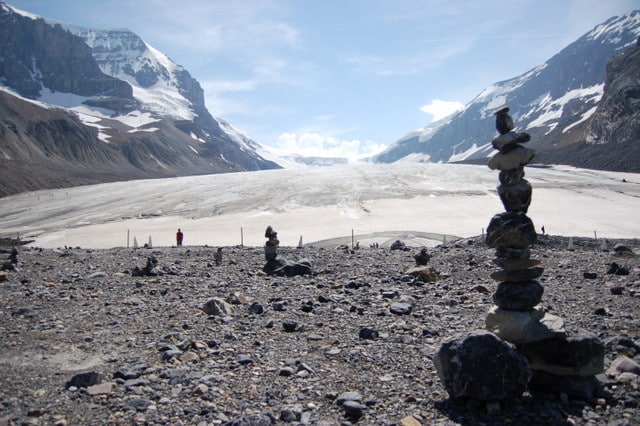
Must-sees:
- Athabasca Glacier
- Athabasca Falls
- Snow Dome
- Miette Hot Springs
- Pyramid Mountain
Helpful leads:
- Page on Jasper’s hiking trails
- Guide to wildlife viewing in Jasper
- Miette Hot Springs
- Take a glacier adventure
- Piece on Jasper as the world’s largest Dark Sky Preserve and a great place to stargaze
Where to stay: The Fairmont Jasper Park Lodge finds the perfect balance between rustic retreat and modern luxury. Warm, comfortable cabin-style rooms are spread across an incredible property that includes stunning Lake Beauvert, a boathouse, and a historic 18-hole Stanley Thompson golf course. The breakfast spread was also unusually impressive.
When to visit the Canadian Rockies
The best time to hit the road is between June and September. During these summer months, the Banff and Jasper landscapes are at their most brilliant, and the days are long and warm, with average temperatures hovering around the 70 degree mark. There are more tourists this time of year, but the tradeoff is you won’t have to deal with icy roads, chain/radial tire regulations and road closures, all issues in the winter. Plus, with 14-16 hours of daylight each day, you’ll have plenty of time to explore some of the area’s most spectacular spots—with time left over to try a true Alberta classic, the Bloody Caesar (much better than it sounds).
Helpful tip: Even in summer, the area’s microclimates—quick-changing, concentrated weather pockets brought on by elevation changes and mountain-hugging Chinook winds—allow for unexpected cold fronts. Pack some warmer gear just to be safe.
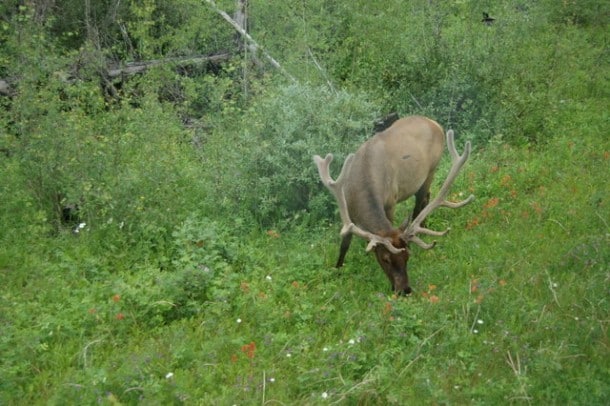
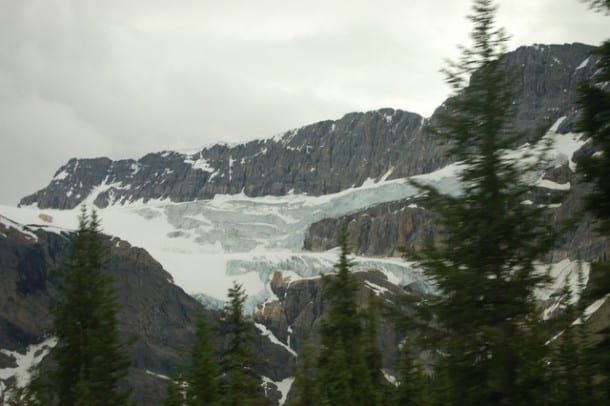
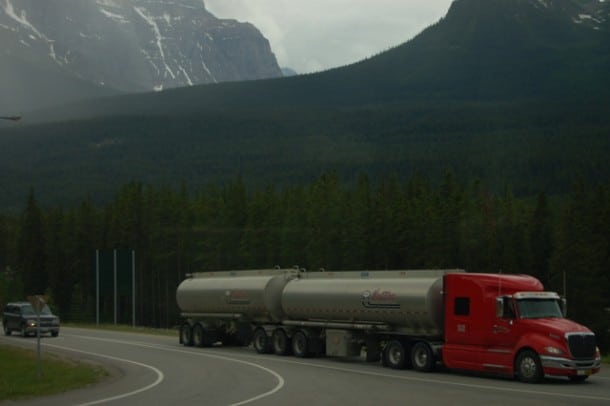
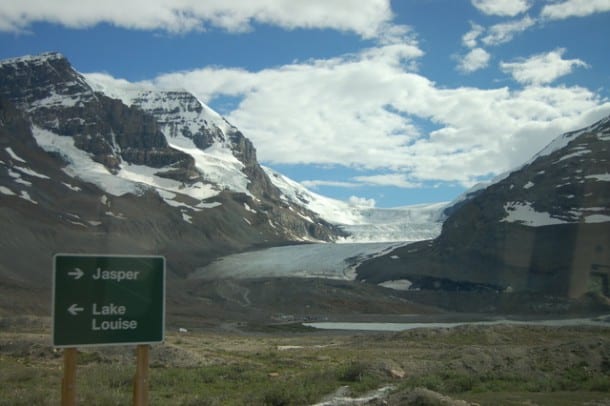
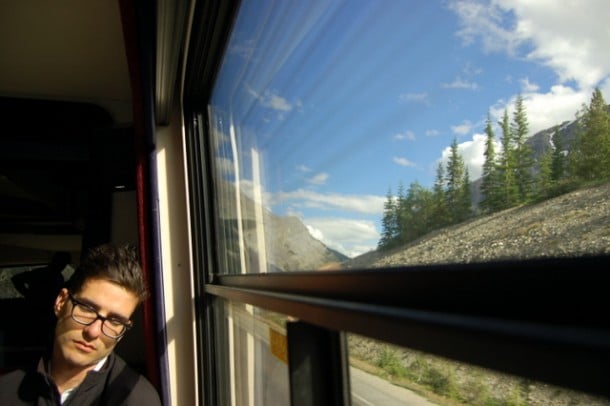
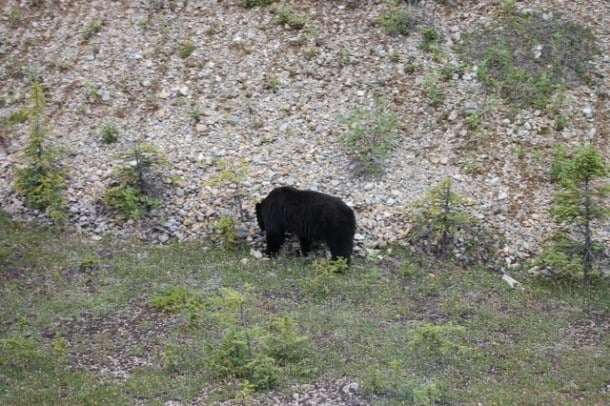
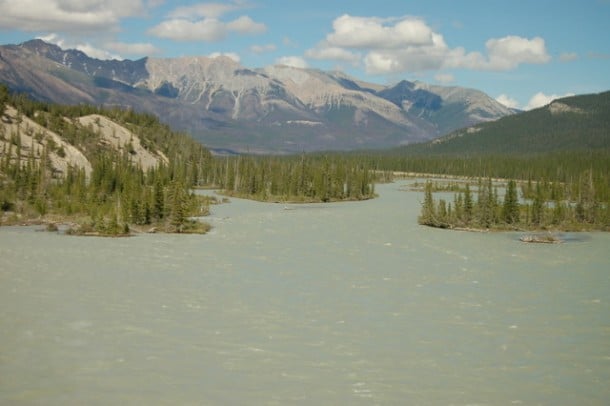
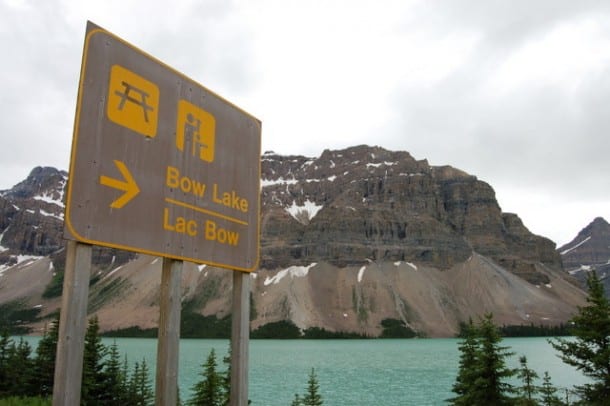
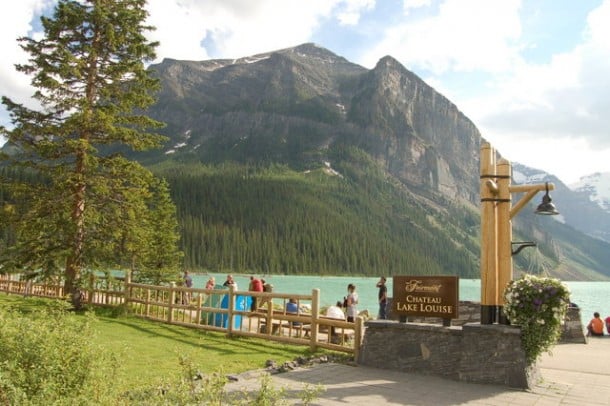
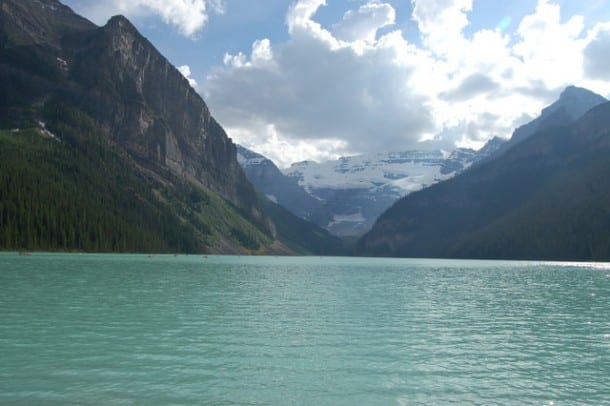
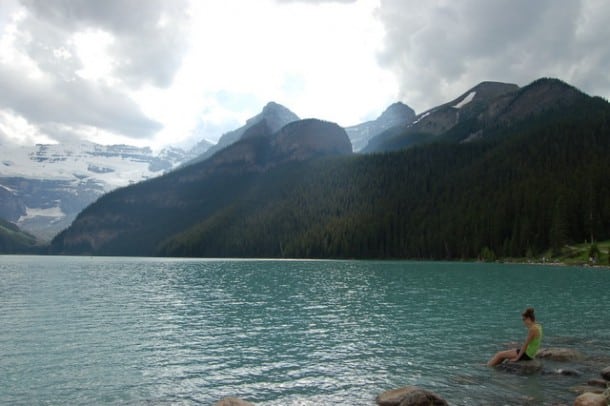
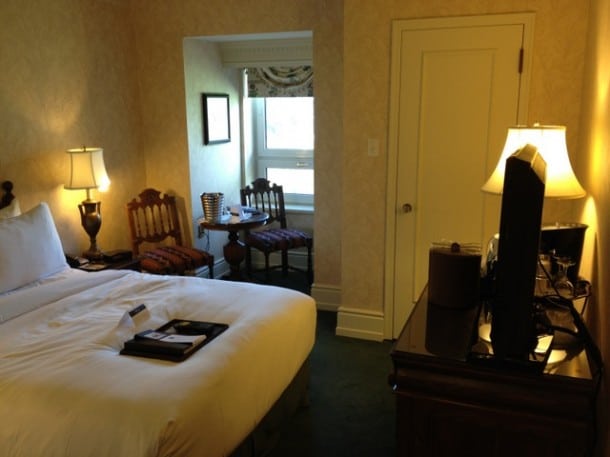
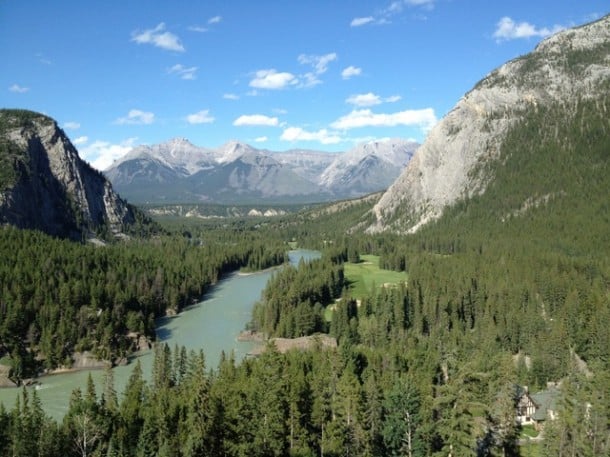
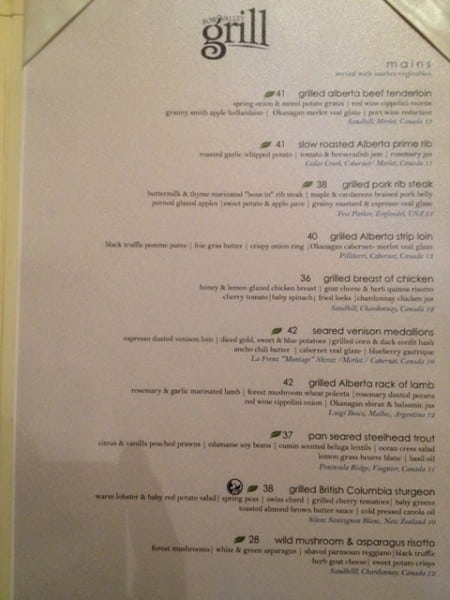
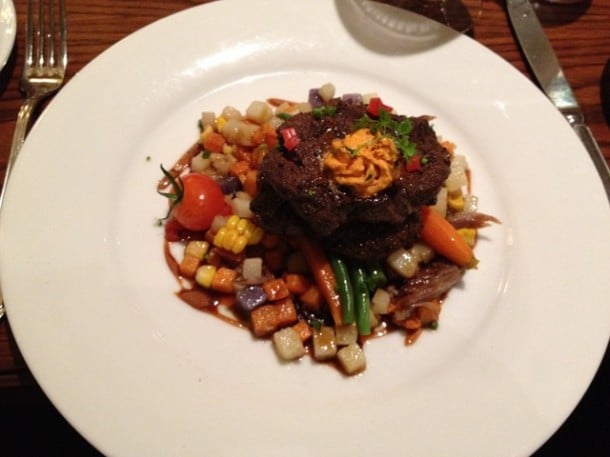
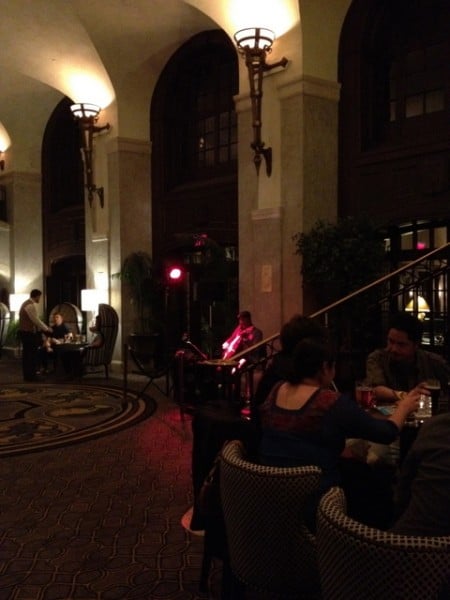
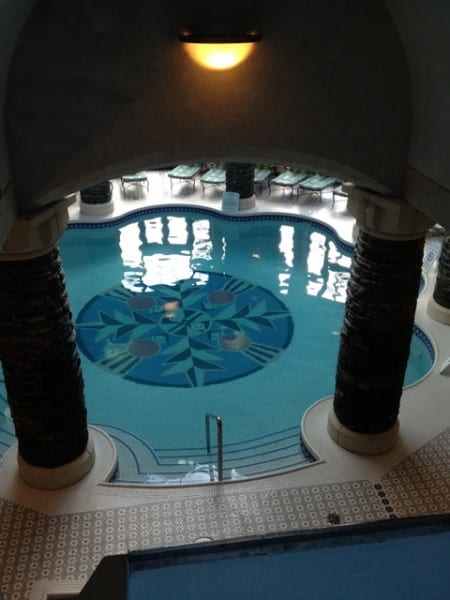
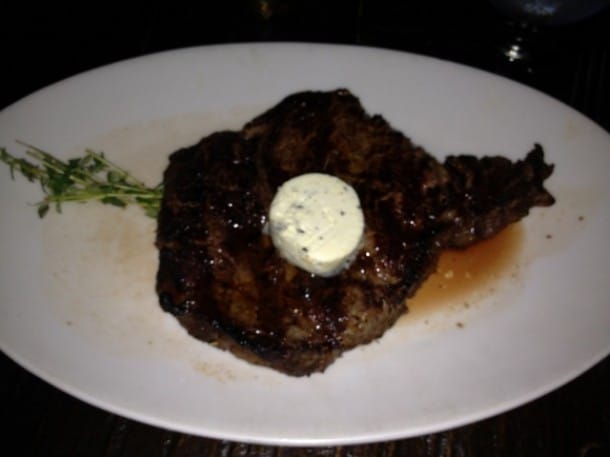
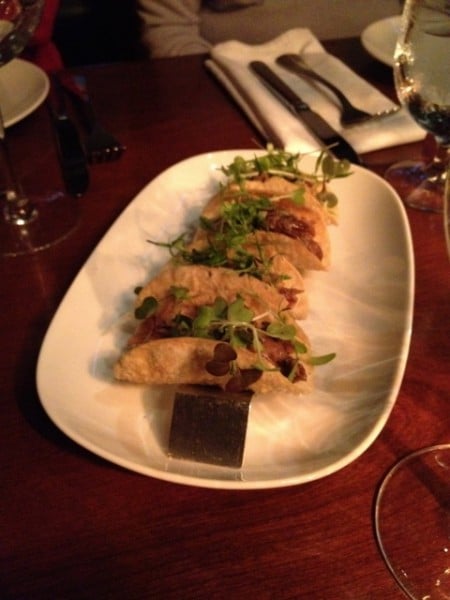
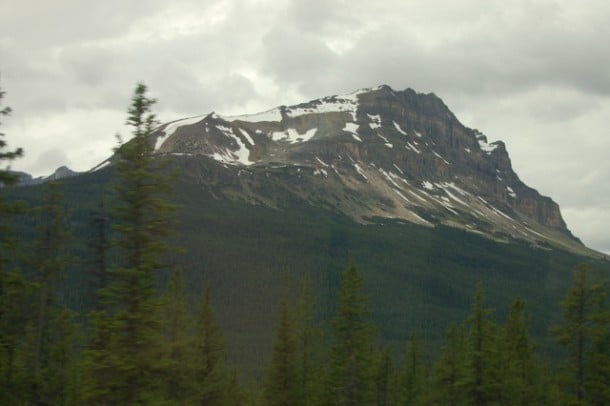
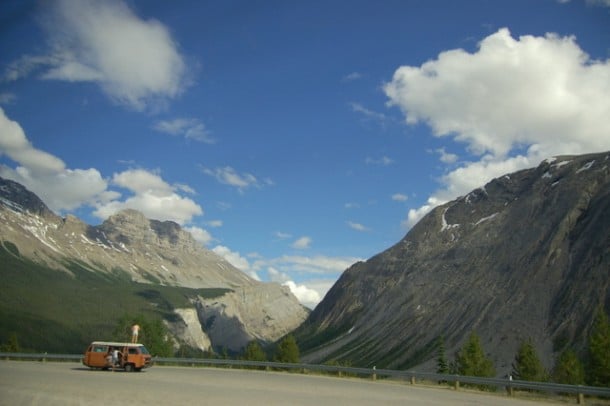
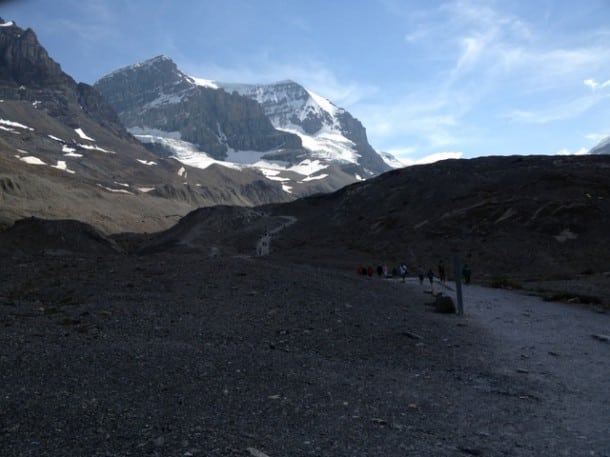
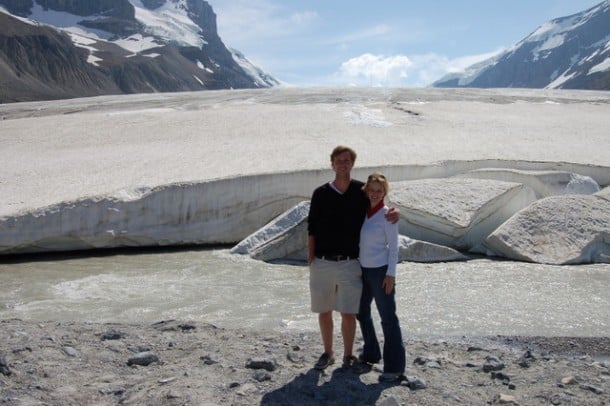
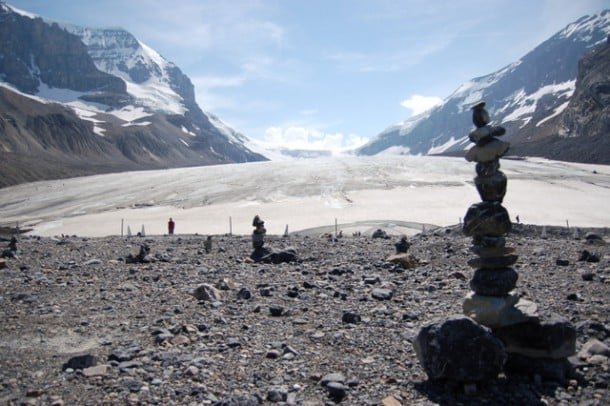
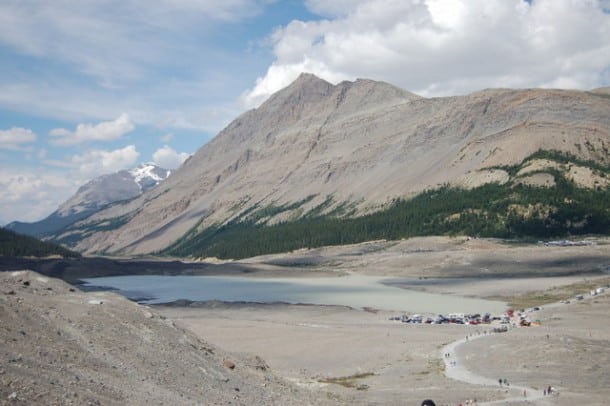
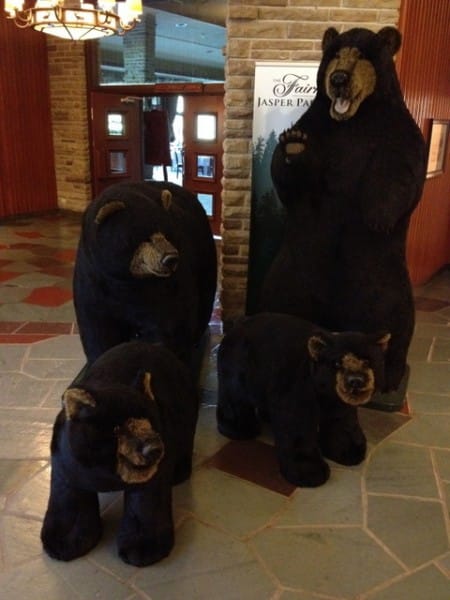
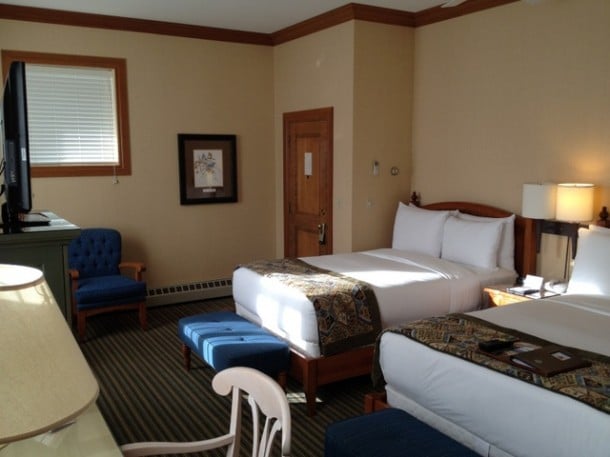
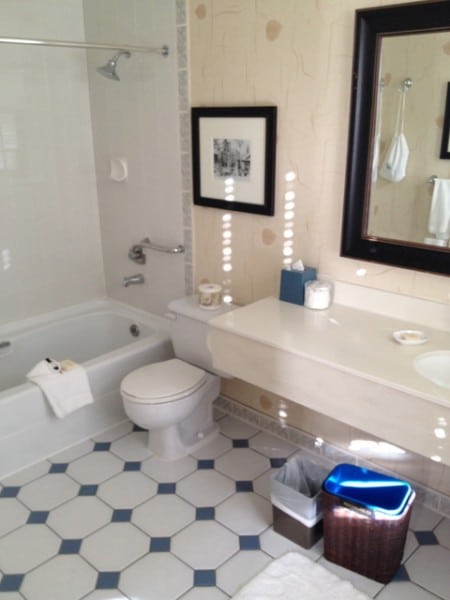
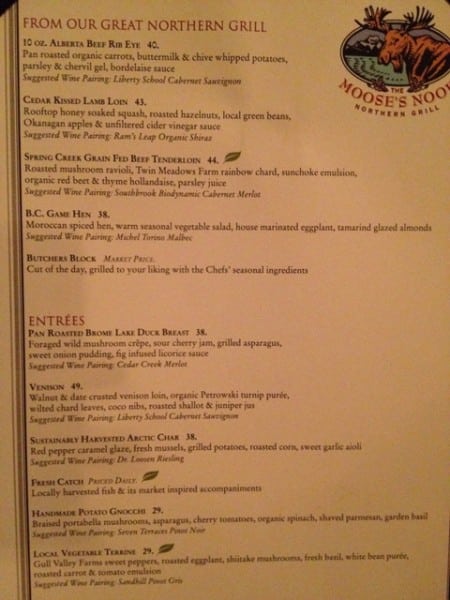
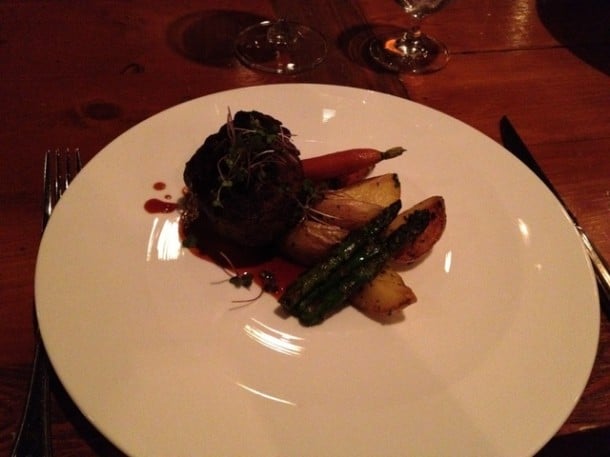
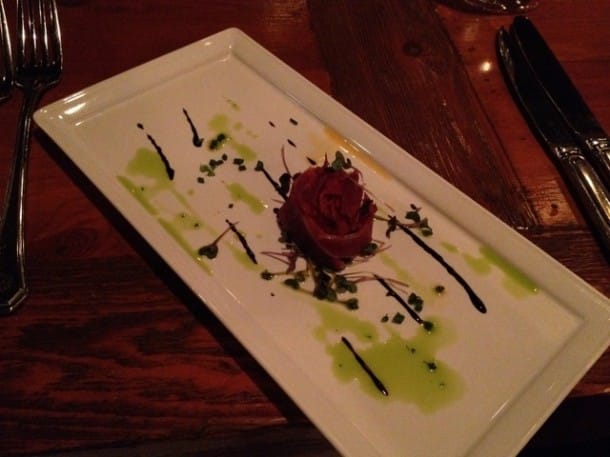
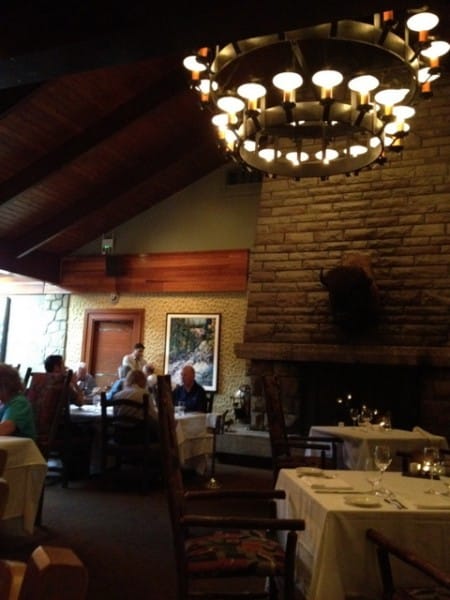
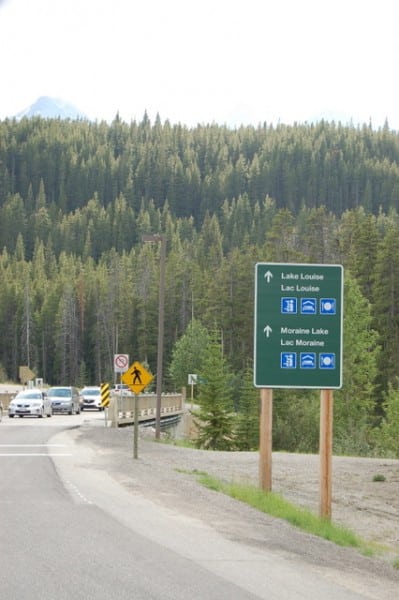
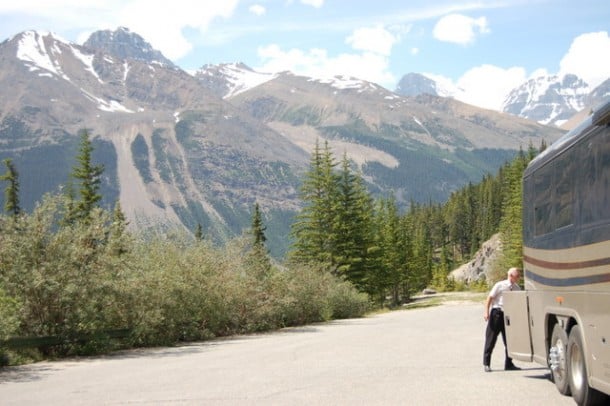
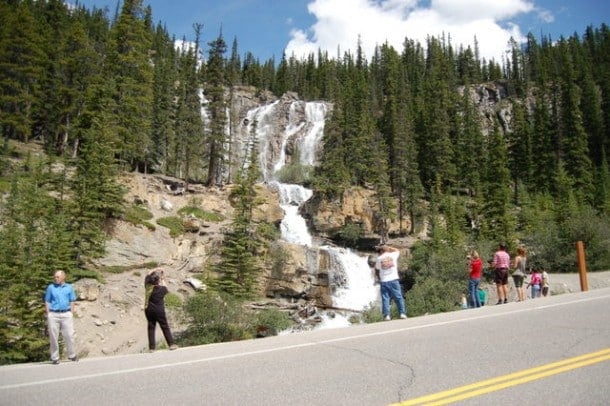
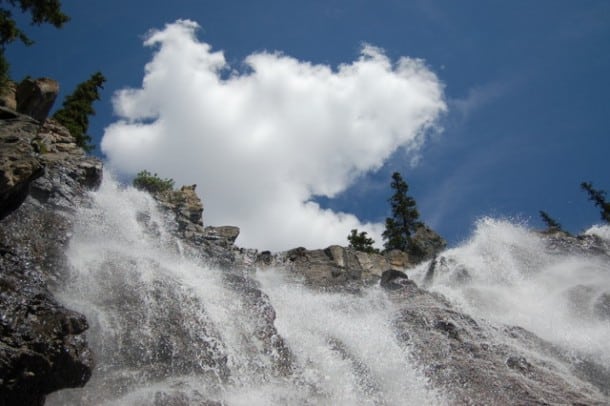
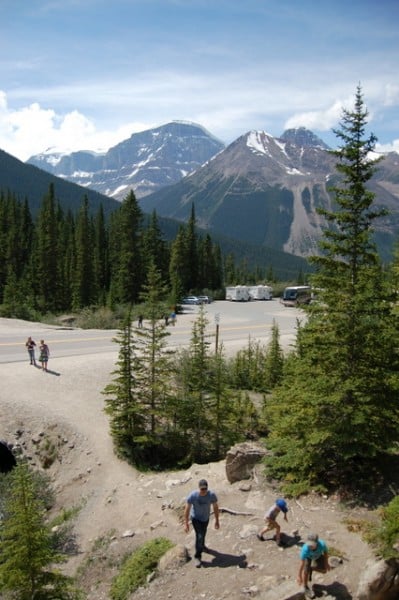
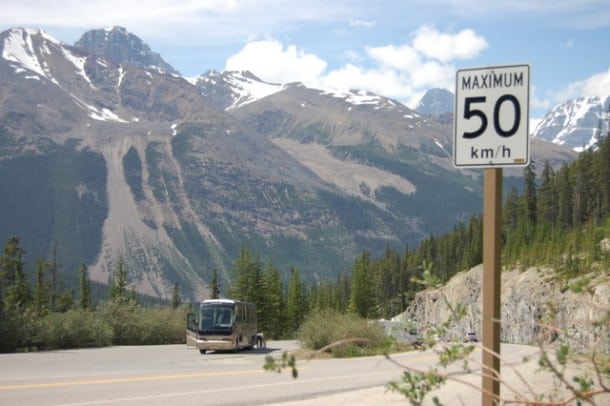
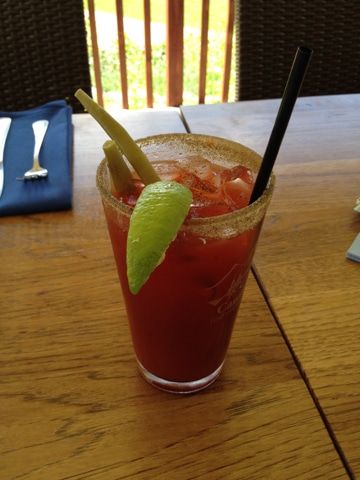



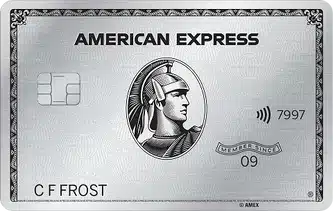
I’ve visited Rocky Mountains in Switzerland and Colorado before, and this looks like a beautiful mixture of both of those places. The one thing I missed during my visits was wildlife sitings, but it looks as though there is no shortage of that on the Canadian Rockies! I would absolutely love to visit sometime.